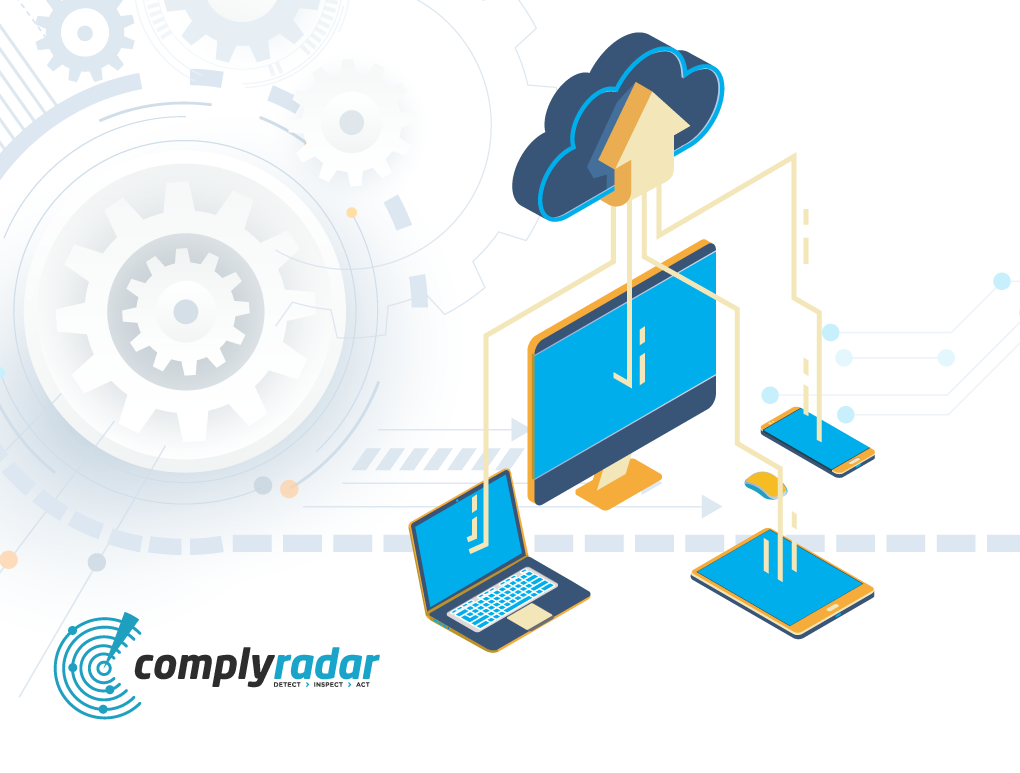Transaction monitoring typically involves a combination of different mechanisms and checks to detect suspicious activity. Some of the most common mechanisms and checks include:
- Rule-based systems: These systems use a set of predefined rules and criteria to flag transactions that may be indicative of money laundering. For example, a rule may be set to flag any transaction over a certain dollar amount, or any transaction between two countries that are known for money laundering.
- Behavioral analytics: These systems use statistical and machine learning techniques to identify patterns of activity that may be indicative of money laundering. For example, a system may flag a customer who makes a large number of small transactions as suspicious.
- Watchlist screening: This involves comparing transaction data against a list of known or suspected money launderers, such as individuals or organizations that have been sanctioned by the government.
- Sanctions screening: This involves comparing transaction data against a list of individuals or organizations that have been sanctioned by the government or international organizations.
- KYC/CDD validation: This involves validating the information provided by the customer during onboarding with external sources, such as government databases or credit reporting agencies, to ensure that the customer is who they claim to be and to detect any discrepancies.
- Transaction linking: This involves analyzing transaction data to identify relationships and patterns among multiple transactions, accounts, and individuals. This helps detect complex money laundering schemes.
- Risk-based approach: This involves assessing the level of risk associated with each customer and transaction, and applying different levels of scrutiny and monitoring accordingly.
These mechanisms and checks are typically used in combination to provide a comprehensive approach to transaction monitoring and help detect suspicious activity as early as possible.


